Under your engine cover is a great piece of engineering. Have you ever wondered of what's their functions are? Let Philkotse.com explore what is beyond the engine cover specifically 10 most-known parts of the engine.
1. Engine Block
The backbone of an engine of a car is the engine block. The engine block provides a case that contains the crankshaft, pistons, and occasionally the camshaft. Engine block does not house items only but it also consists of a range of machined sides.
The holes in the engine block that are machines are called as cylinders. An engine commonly contains 4 to 16 cylinders but it depends on the size. The block is possible to be constructed in many ways.
A V-engine has a form of cylinders while the cylinders are placed inline in an inline engine. If you want your car runs properly, you need to preserve it carefully, especially it will be extremely broken as what happens to your car for a long time unused.
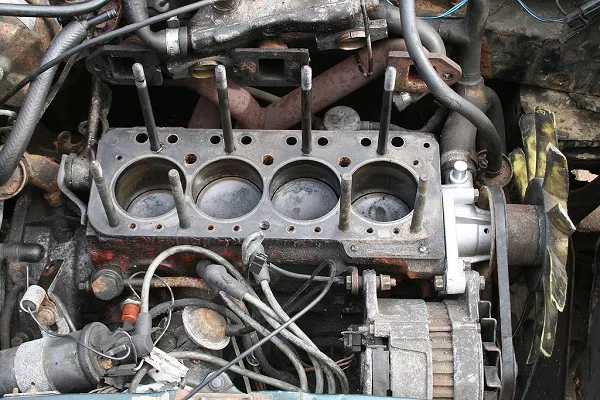
The backbone of an engine of a car is the engine block
2. Pistons
A piston is a cylinder-shaped piece of metal that is inside the cylinder. It moves up and down in the cylinder twice during crankshaft revolution. For example, if an engine is rotating at 3000 RPM, the pistons are traveling down and up 5000 revolutions per minute.
Pistons transfer the energy created from the combustion process in the crankshaft through the connecting rod and piston rod. The transferred energy by the pistons is the one propelling the vehicles.
The pistons contain rings also known as the “piston rings” that make sure that proper sealing is maintained. The pistons on modern cars are coated in a specific material which helps in the prevention of friction resulting in a longer life for pistons.
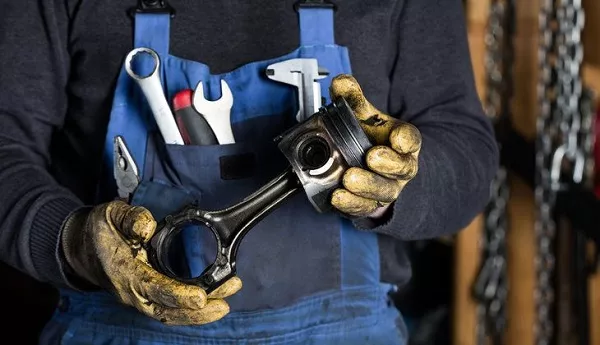
A piston is a cylinder-shaped piece of metal that is inside the cylinder
3. Piston Rings
Piston rings provide sealing between the cylinder’s inner edge and the piston’s outer edge. The piston ring has two main purposes:
- They prevent the exhaust and air/fuel mixture which is inside the combustion chamber from entering into the sump tank during combustion and compression.
- They keep the oil inside the sump tank from entering the combustion chamber preventing it from being burned and lost.
Most vehicles that have old rings that can no longer serve their purpose have to add a quart of oil every 1000 miles to replace the oil that has been burned. Nowadays, modern cars use advanced materials in its piston rings.
This is one of the reasons why the engine of modern cars last longer and can travel farther before doing an oil change. And now you can see that if you do something wrong with this kind of small piece, it will cause damage to the whole system.
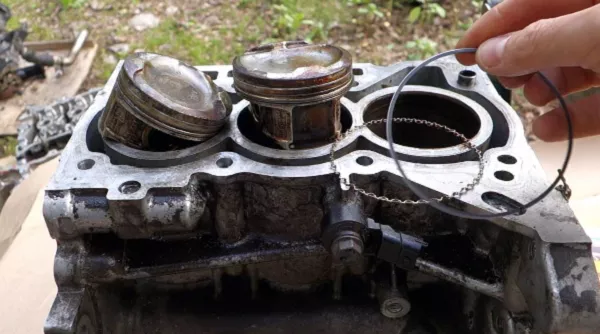
Piston rings provide sealing between the cylinder’s inner edge and the piston’s outer edge
4. Crankshaft
The crankshaft travels in the engine block’s lower section and rides with the journals. It is a finely balanced and machined component which is connected in the pistons by the use of a connecting rod. The crankshaft is the one responsible for converting the piston’s upward and downward movement into reciprocal or rotary motion. Moreover, this part rotates the same as the engine speed.
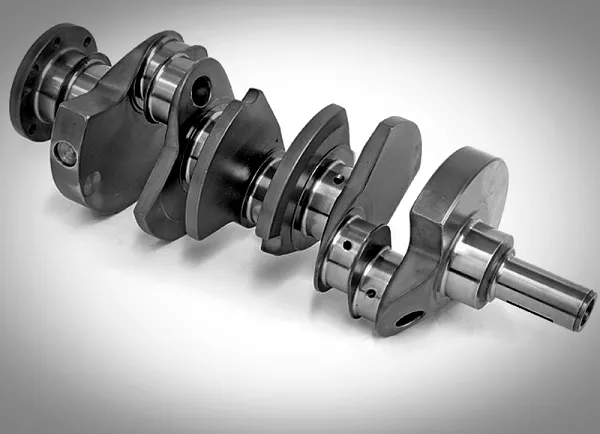
The crankshaft travels in the engine block’s lower section and rides with the journals
5. Camshaft
The camshaft can be positioned whichever in the cylinder heads or on the block depending on the design of the engine. It is also called as the cam in a block engine if it is located in the engine block. On the other hand, most of the modern car engines have their camshaft placed around the cylinder head.
These modern car engines can be classified as SOHC (Single Overhead Camshaft) or DOHC (Dual Overhead Camshaft). The camshaft’s main purpose is to get the rotary or reciprocal motion of the engine and change it to upward and downward movement.
These converted movements will control the lifter's movement that will move the rockers, valves, and pushrods. Moreover, the camshaft is reinforced by a bunch of oil-lubricated bearings in order to ensure the long life of the engine.
>>> Related: 8 significant Toyota engines you should know about
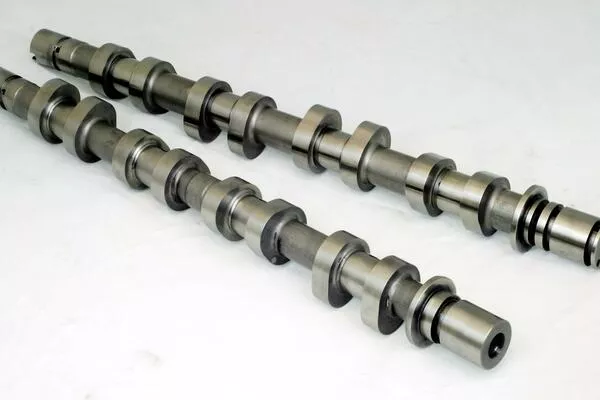
The camshaft can be positioned whichever in the cylinder heads or on the block depending on the design of the engine
6. Cylinder Head
Although the above-mentioned parts can be considered as the car’s engine lifters, a cylinder head is more like specific. The cylinder head is composed of many items such as the valves, pushrods, valve springs, lifters, rockers, and even camshafts depending on the design.
It controls the ports the allow the intake air flow inside the cylinder during the intake stroke process. It also allows the flow of exhaust gases to the exhaust manifold during the exhaust stroke process.
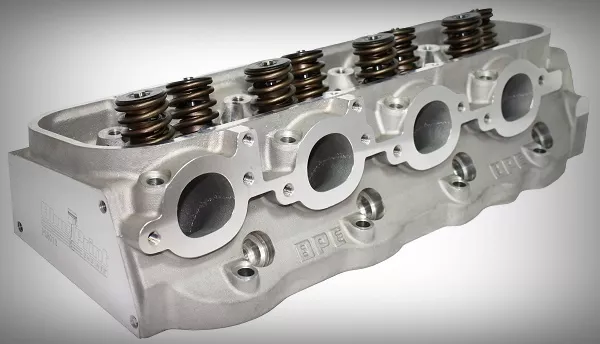
A cylinder head controls the ports the allow the intake air flow inside the cylinder during the intake stroke process
The cylinder head remains fastened into the engine by the cylinder head bolts. On the other hand, the area between the cylinder head and the bolts are sealed by the use of the head gasket. These gaskets are a common issue for most engine problems.
7. Spark plug
The spark plug provides the needed spark in order to ignite the mixture of fuel and air so that combustion will occur. The spark needs to happen at the right time so that things will work properly and no problem will occur.
8. Sump
The sump is at the bottom part of the engine and is surrounding the crankshaft. It contains some oil, which is collected in the oil pan. Although it is at the lowest position of your car, don't you assume that this part of the car less is important than others.
Oil is a fundamental material that activates your engine and its parts. Most creation autos have a wet sump oil framework, however, there are some engine uses dry sump oil system too.
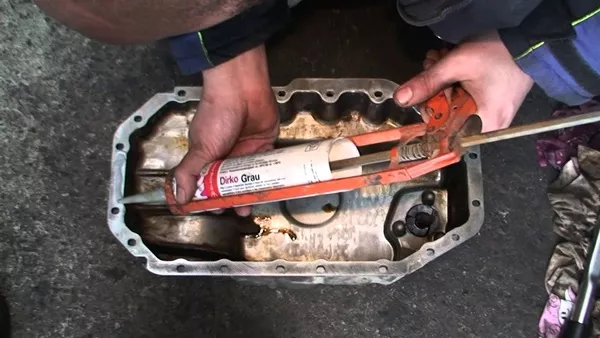
Sump contains some oil, which is collected in the oil pan
9. Valves
The intake and the exhaust valve open at the designated time to let the air and fuel to flow in the cylinder and to let the exhaust gases flow out to the exhaust chamber. Take note that the two valves are closed during the combustion and compression process to ensure proper sealing of the combustion chamber.
10. Connecting rod
The connecting rod joins the crankshaft and the piston. It can rotate at the two ends in order for its angle to be changed as the crankshaft rotates and the piston moves up and down.
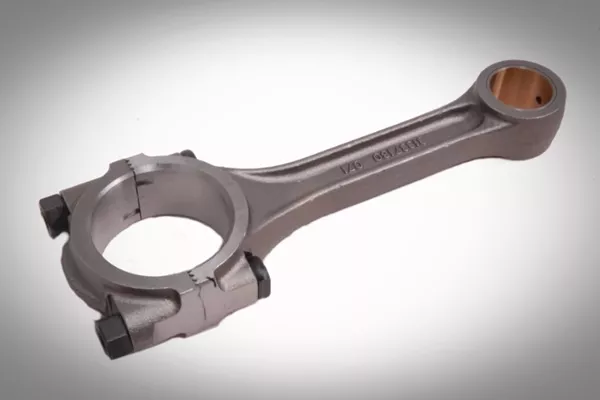
The connecting rod joins the crankshaft and the piston
The above parts are some of the well-known parts of a car’s engine. There are still more parts you need to know in a car’s engine: a bunch of fastener grasps all engine parts together; the oil and bearings in the engine prevent the wear of the parts and the timing chains.
Stay tuned and we will update more information for you on our tips and advice.
Recent posts
- Shoud drivers opt for it: The Pros and Cons of turbocharging & Supercharging car engines Dec 04, 2020
- Engine configurations: A comprehensive guide to different engine layouts Jan 19, 2021
- What are the pros and cons of small displacement engine? Mar 19, 2019
- Can ECU remapping damage your car's engine? Nov 30, 2022
- 5 simple tips to maximum your car engine's performance Aug 16, 2022











